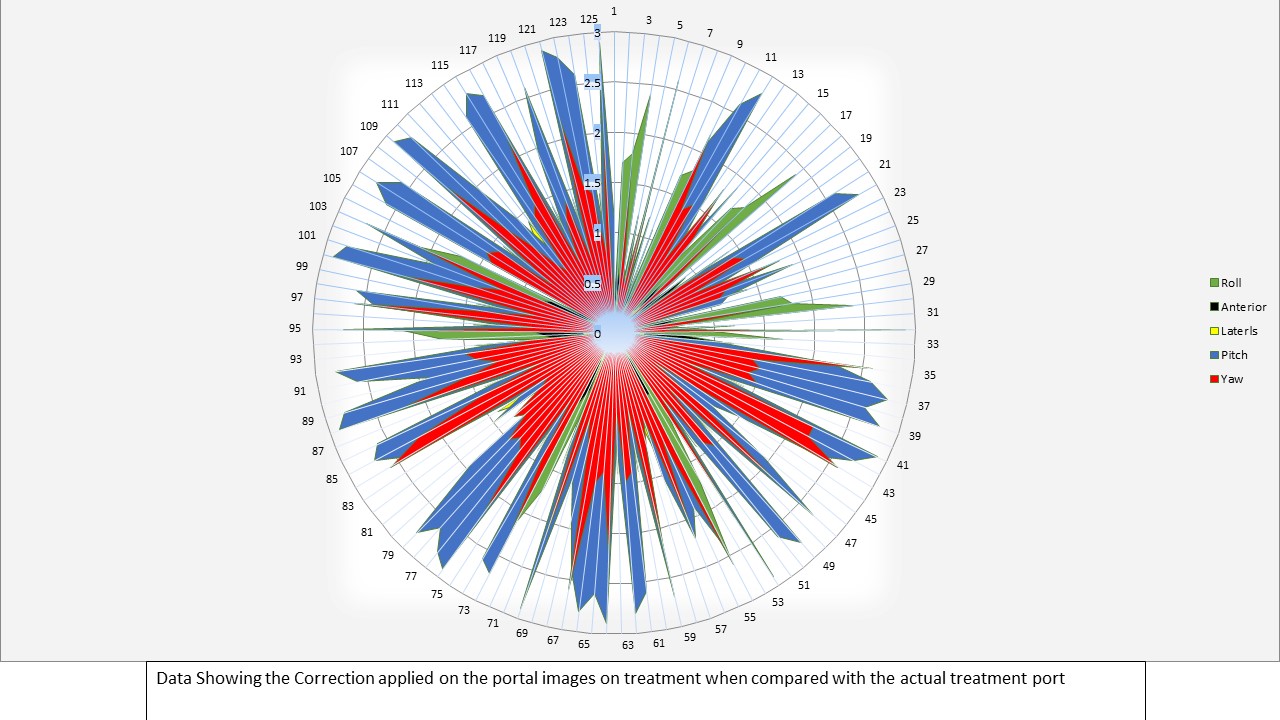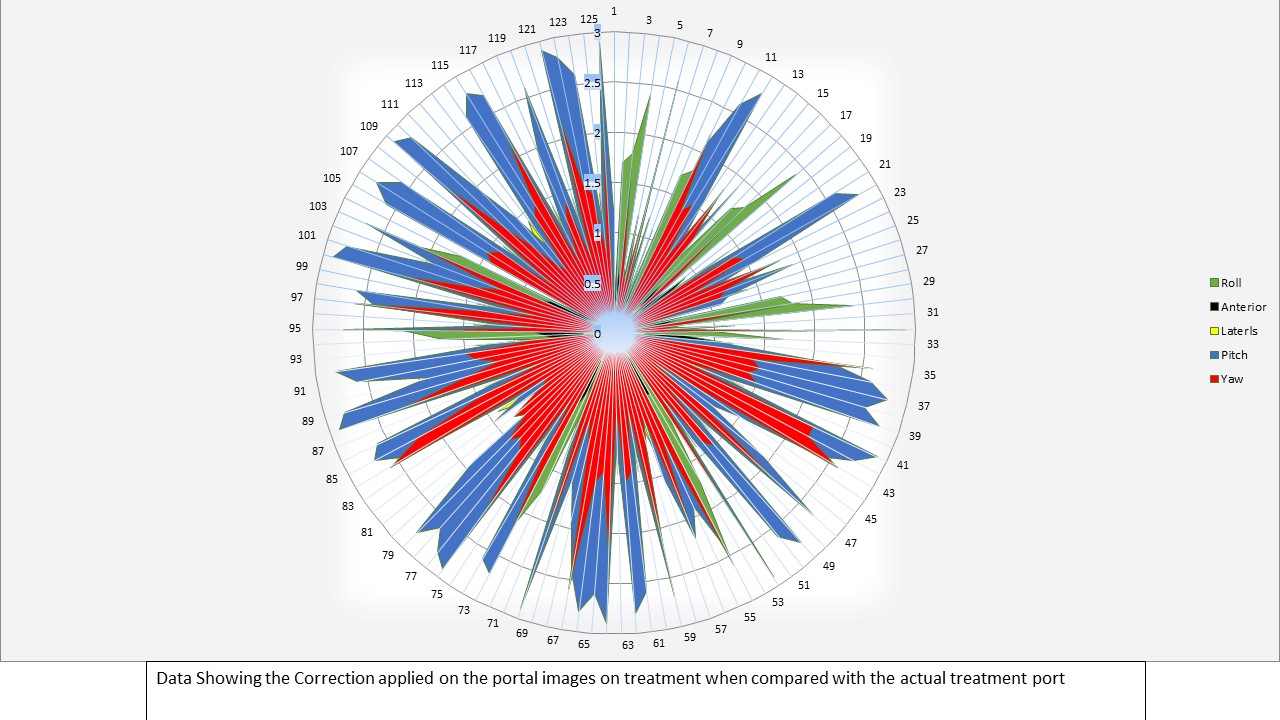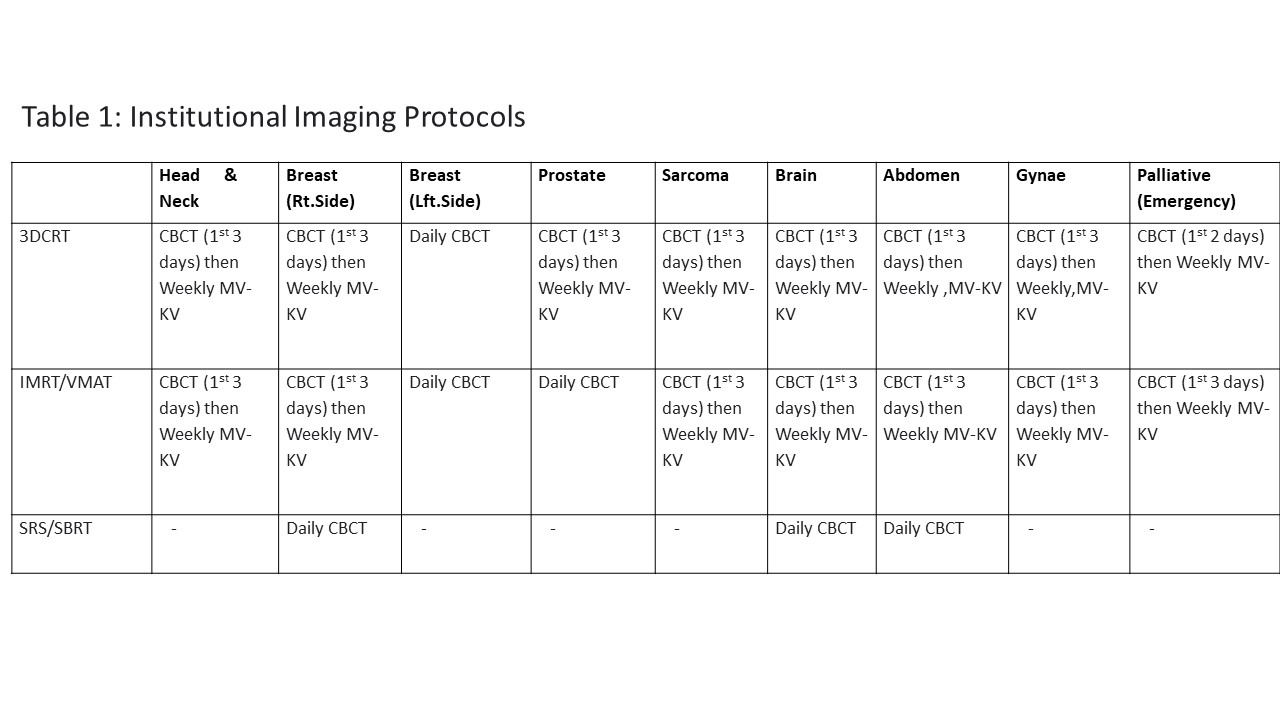Outcomes of quality indicators in a new tertiary cancer and research centre
PO-2316
Abstract
Outcomes of quality indicators in a new tertiary cancer and research centre
Authors: Abid ali Mirza aman1, Syed Furqan Ahmed Hashmi2, Furhaan Altaf1, Agha Muhammad Hammad Khan3, Nurgul Yilmaz4, Zahid Al Mandhari5, Iqbal Al Amri4, Nadeem Pervez2
1Sultan Qaboos Comprehensive Cancer Care & Research Centre, Radiation Therapy, Muscat, Oman; 2Sultan Qaboos Comprehensive Cancer Care & Research Centre, Radiation Oncology, Muscat, Oman; 3Sultan Qaboos Comprehensive Cancer Care & Research Centre, Radiation Oncology, Muscat, Pakistan; 4Sultan Qaboos Comprehensive Cancer Care & Research Centre, Radiation Physics, Muscat, Oman; 5Sultan Qaboos Comprehensive Cancer Care & Research Centre, Radiation Oncology, Muscat, Oman
Show Affiliations
Hide Affiliations
Purpose or Objective
To measure the effectiveness of safe and precise delivery of radiotherapy
Material and Methods
Data was acquired via chart review using an ARIA workstation from December 2021 to May 2022. The data was recorded and analyzed in Microsoft excel. Time, date and Offline treatment correction were noted for portal imaging as per the following institutional guidelines.
1)Treatment portal images (PI), Megavoltage (MV) and Cone-Beam Computed Tomography (CBCT), are taken within a specified time.
2) PI reviewed by Physicians within 2 days.
3) Patient reviewed by primary Physicians at least weekly.
4) Source to Surface distance (SSD) variations observed during treatment for the patient in:
a. Translational axes include; Anterior-posterior, Superior-Inferior and Lateral Right-Left directions and
b. Rotational axes include; changes in pitch, roll and yaw.
Results
The following results were found:
1-Treatments PIs were performed in 99% of patients at the specified time as per institutional protocol (Table 1).
2- Overall, 92% of the treatments PI were reviewed by a Physician within 2 days.
3-However, only 53% of the patient’s Patient was reviewed by their primary physician on weekly basis.
4-Translational SSD variation observed during treatment was average ± 5 mm (range 1 mm to 14 mm) and Rotational variation was ± 13.7 degree (range 0 – 2.8 degrees).



Conclusion
A Carepath task was introduced to improve the image the approval by the primary Physician. Translational rotation was within the acceptable range and corrective measures were introduced to minimize the rotational variations.